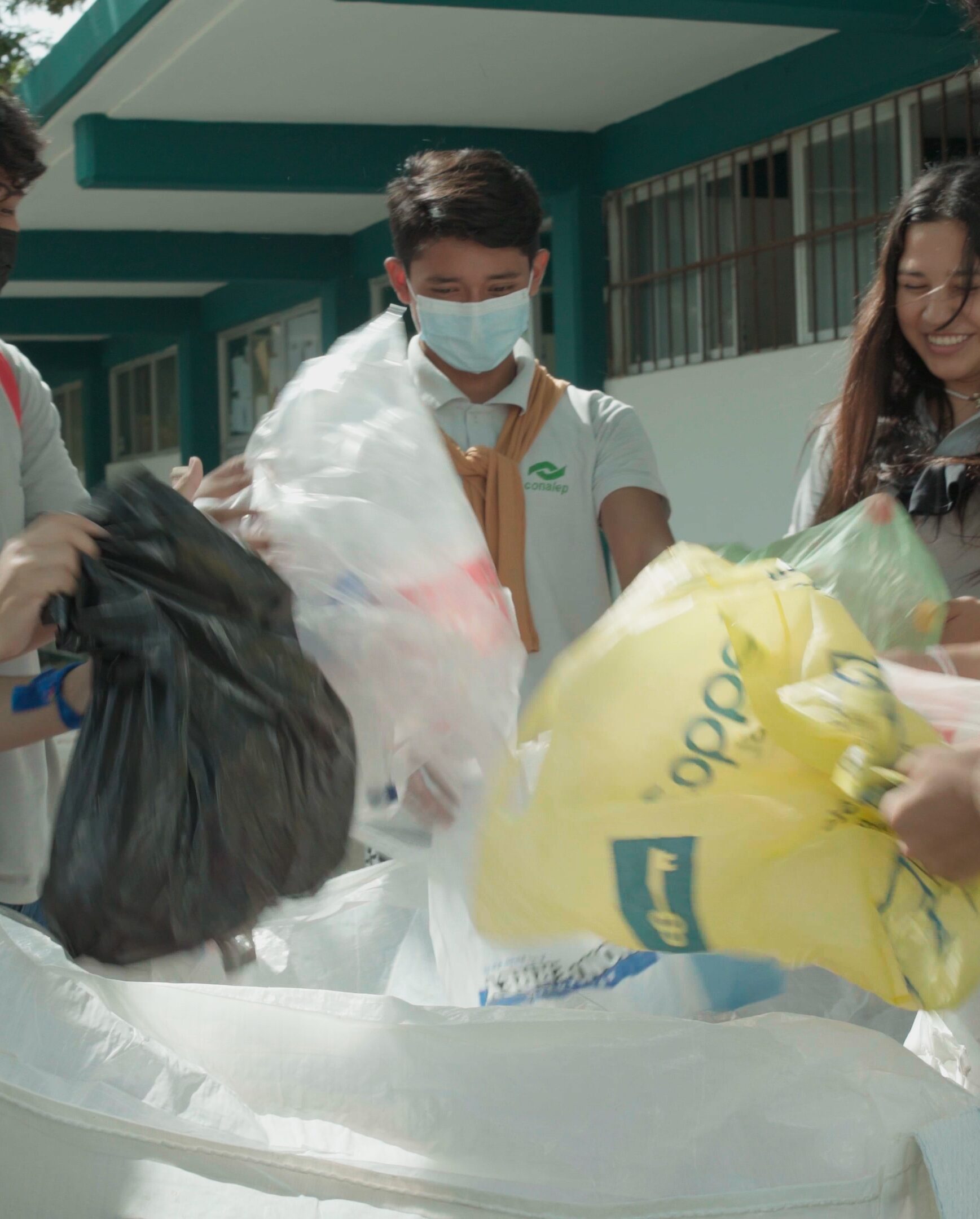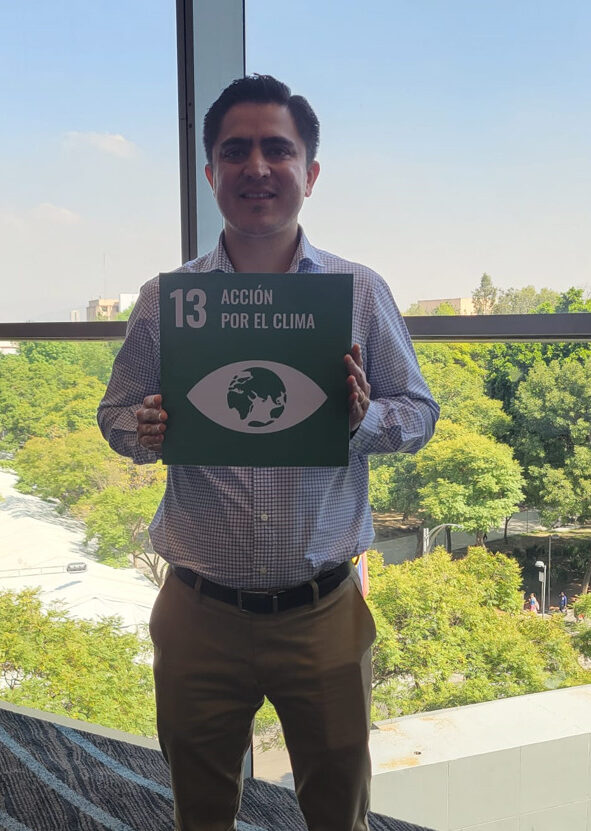
22 policies

One of the intermediate outcomes sought by the PA-EFE Program was an increased long-term dialogue among the Pacific Alliance countries, with the support of Canada, on sustainable practices, policies, and guidelines, and to provide training for men and women in areas of the strategic sectors, in equality of conditions for training and employment.
For this, an Environmental Sustainability Strategy was developed to identify the countries’ actions around this cross-cutting theme in the extractive sector. Workshops directed at public-sector staff in Colombia, Mexico, Peru, and Chile were also held within the PA-EFE Program on the design, implementation, and monitoring of public policies for environmental sustainability.
In addition to the work at the policy level, the PA-EFE Program has carried out more than 75 awareness-raising activities in partner training centres in order to work on environmental sustainability at all levels.
In summary, the implementation of the environmental sustainability strategy has been a success in terms of promoting sustainable practices and implementing environmental best practices at regional, national, and institutional levels. It also contributed to the strengthening of environmental issues, which will contribute significantly to the sustainable development in the Pacific Alliance region.

22 policies

193 students
77 extra-curricular opportunities for developing environmental
The Program
124 people trained
8 policies
or guidelines implemented through the program significantly touch on environmental considerations and sustainable development.

What was the impact of the Program's environmental sustainability activities on your work?
